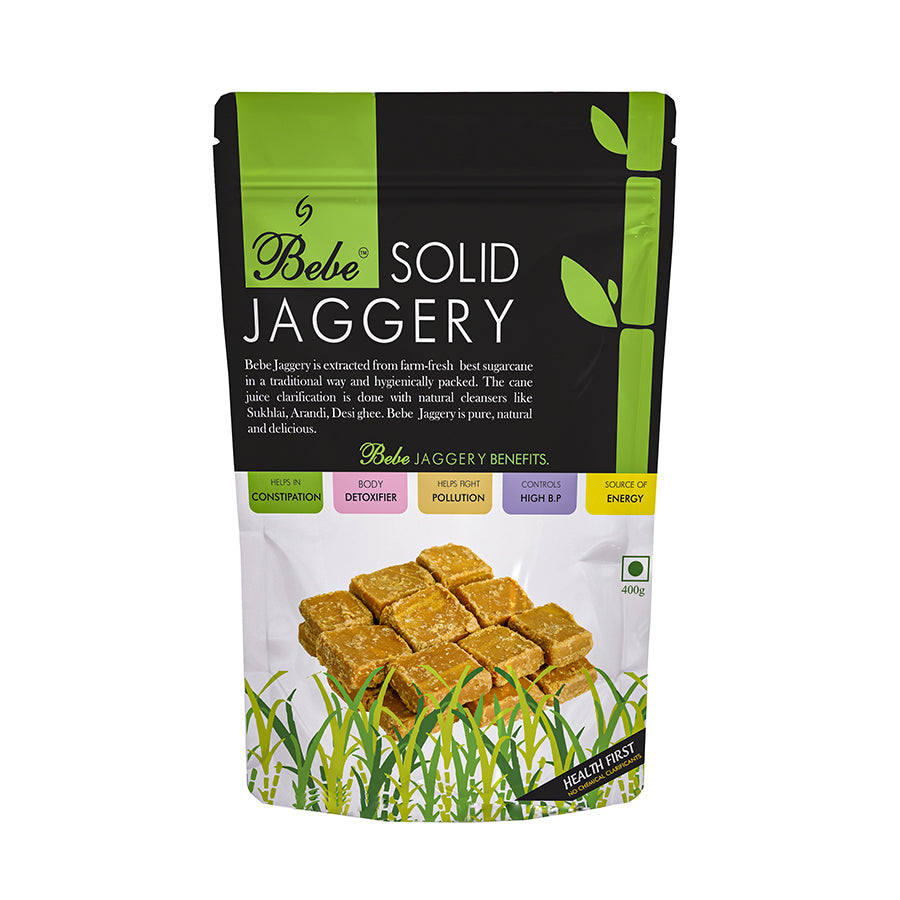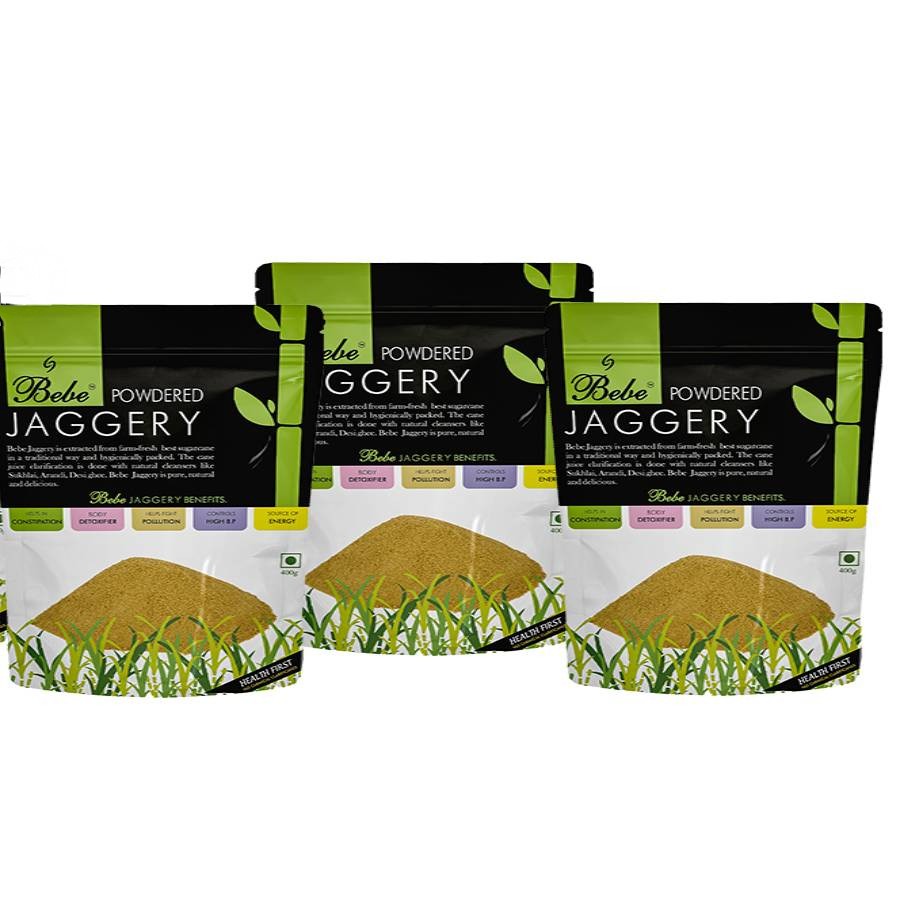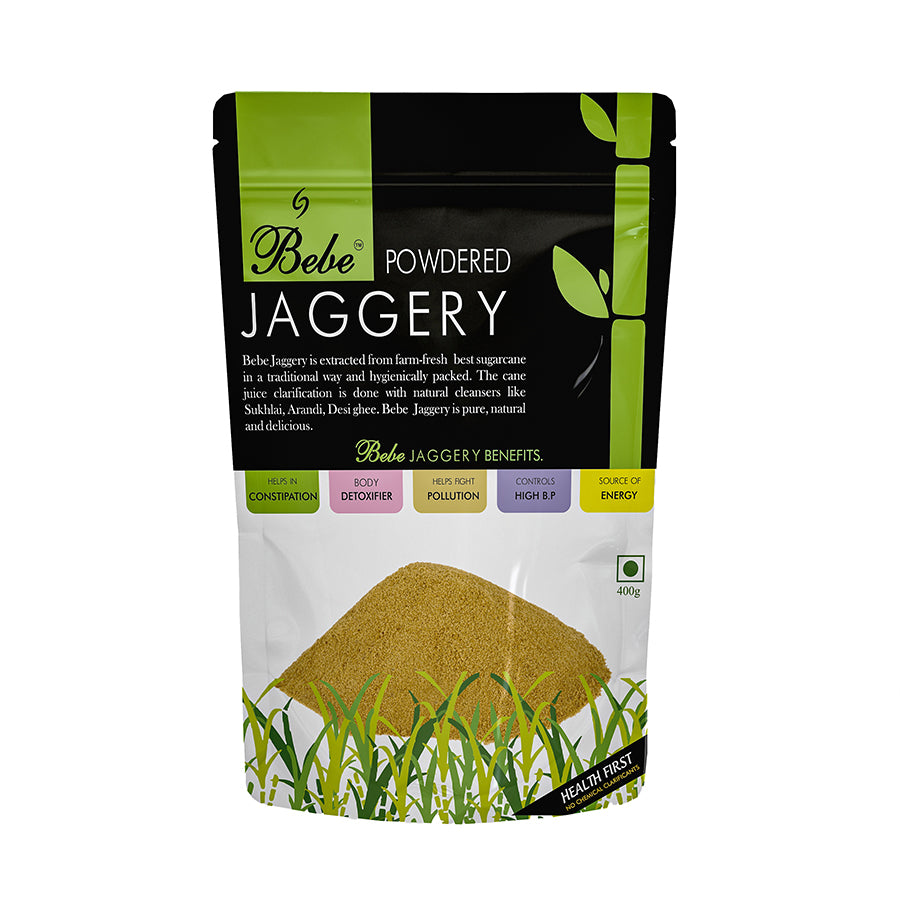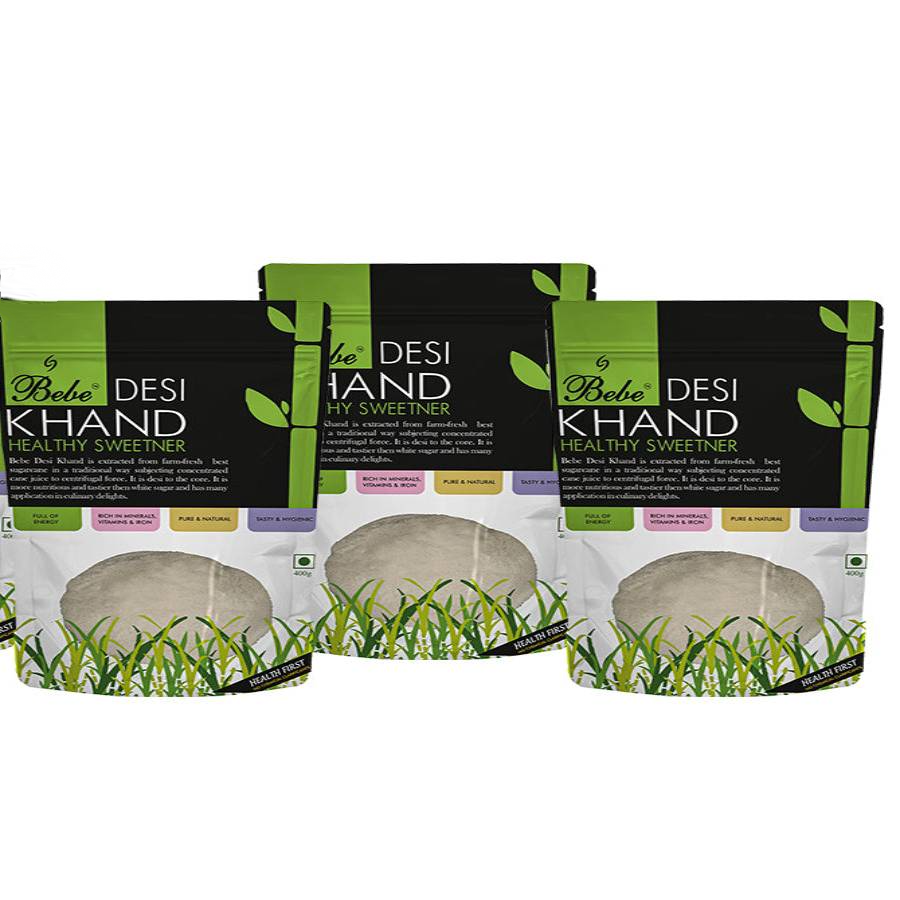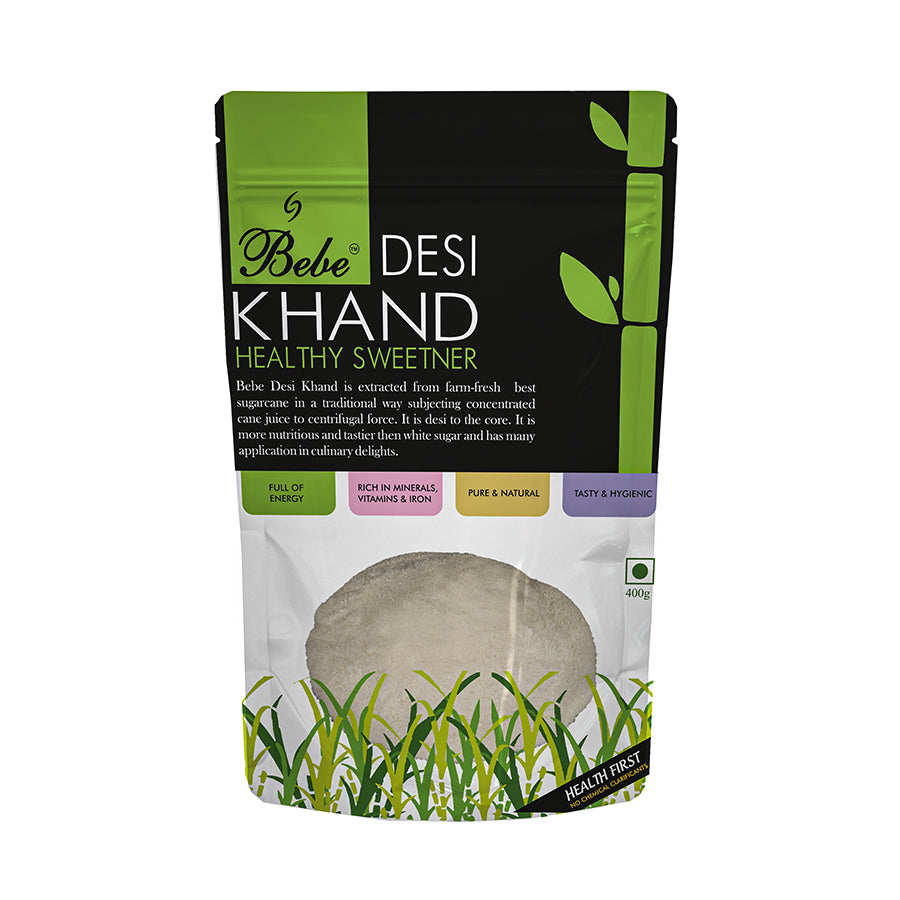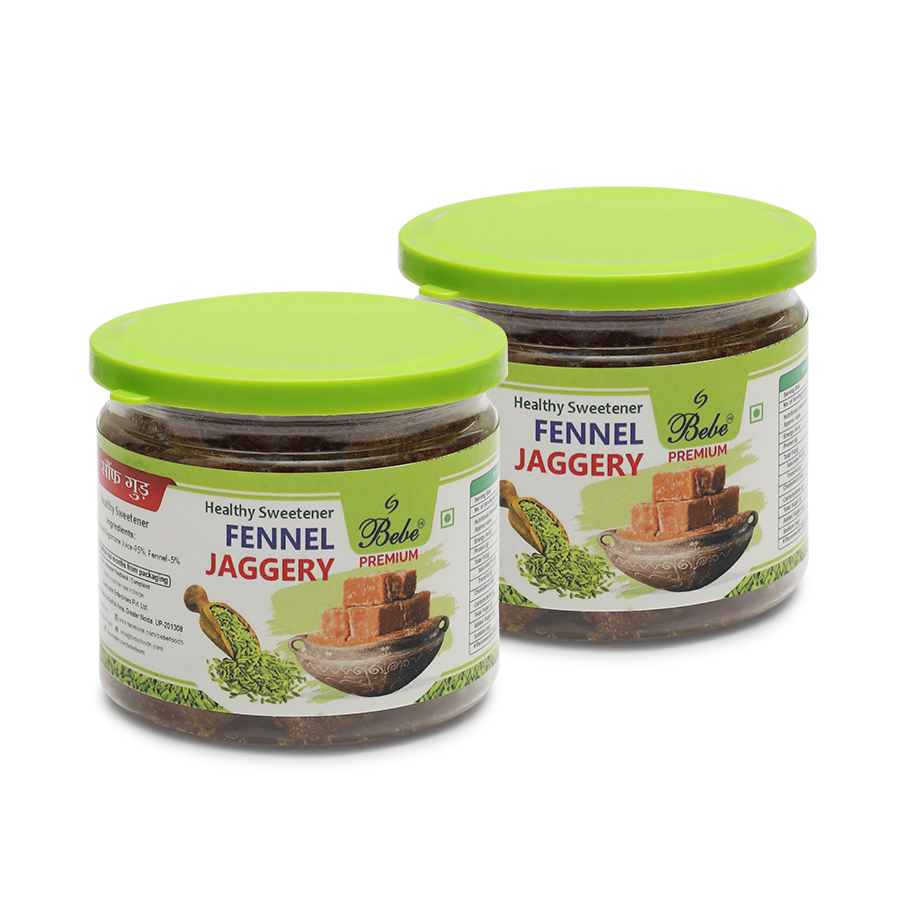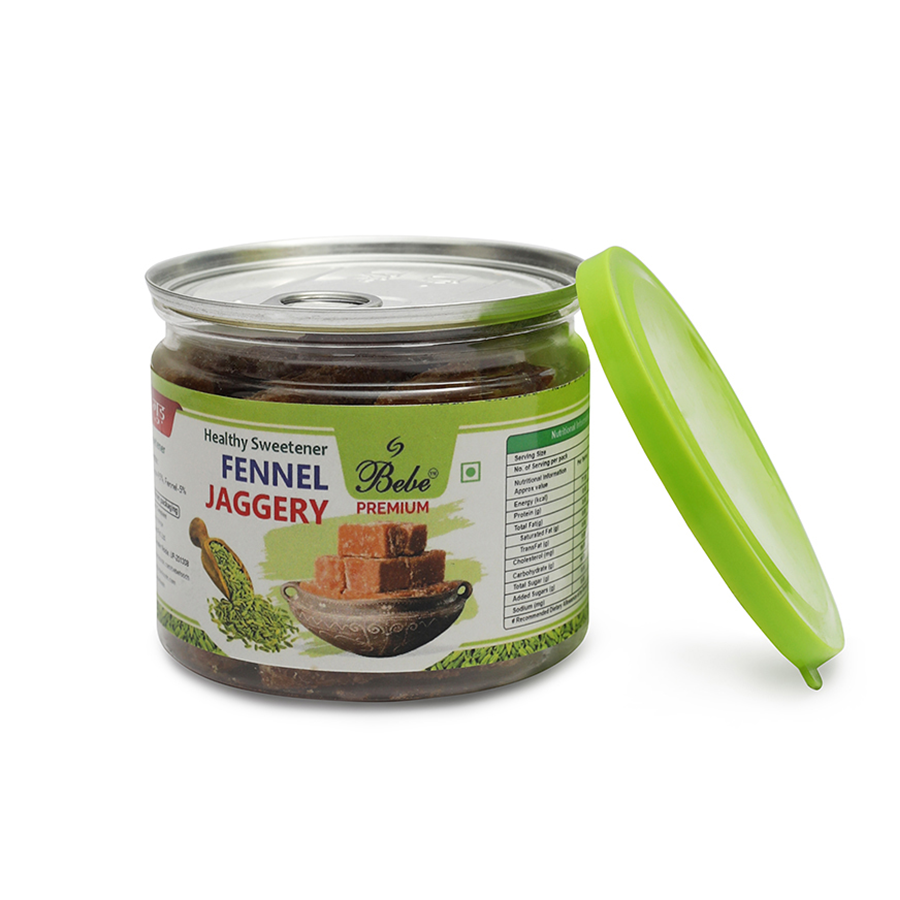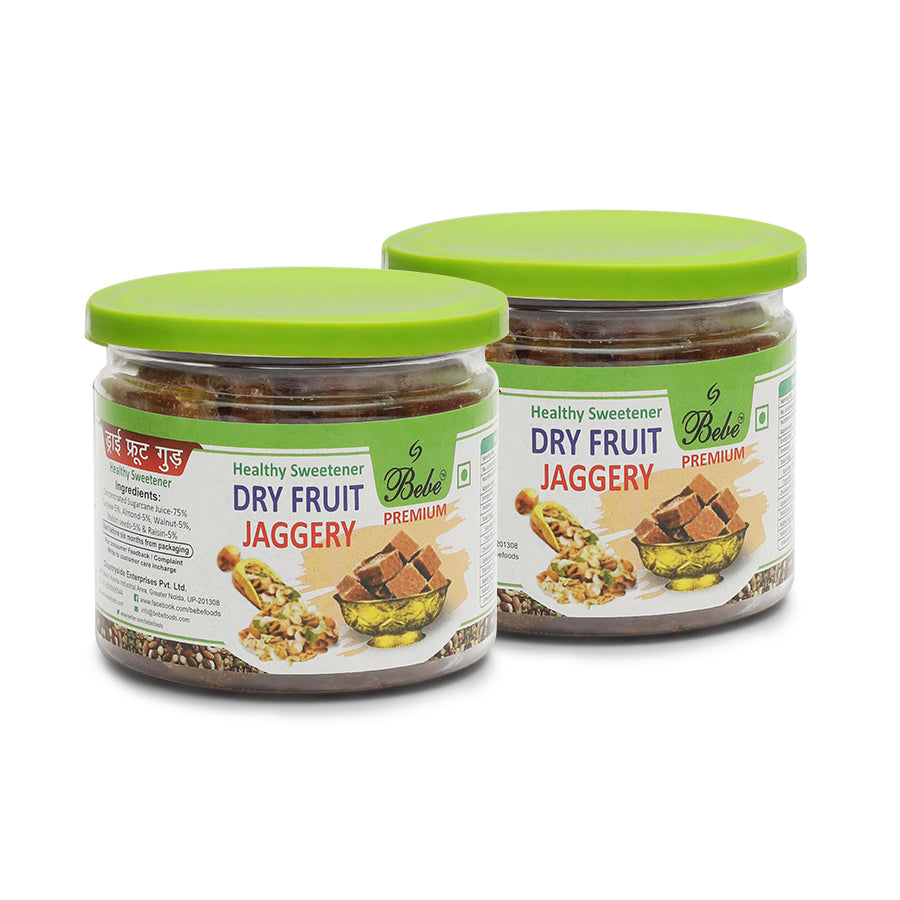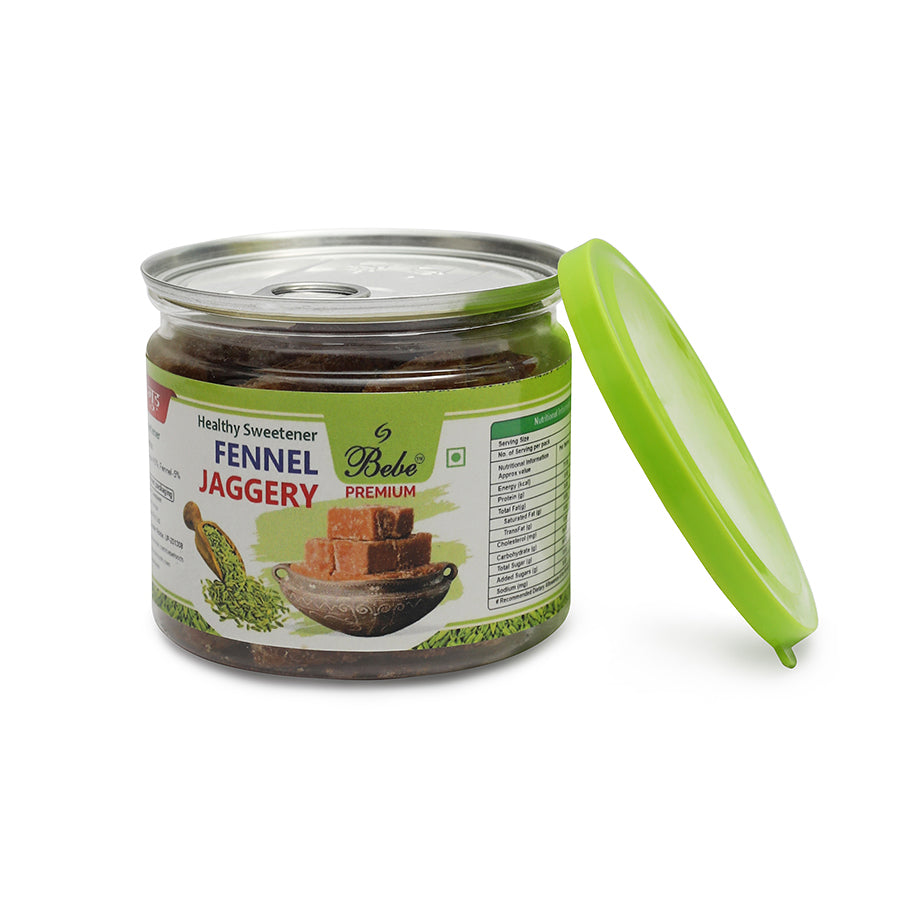
Names of Jaggery in Different Languages

Jaggery, the traditional unrefined sweetener made from sugarcane or palm sap, is an integral part of culinary traditions across many regions of the world. Its unique flavor, nutritional value, and cultural significance have made it a beloved ingredient in numerous recipes, festivals, and even medicinal practices. But did you know that jaggery is known by different names in various languages and regions?
Here’s a look at what jaggery is called across different cultures, showcasing the widespread love for this natural sweetener.
1. India
India is one of the largest producers and consumers of jaggery, and given the linguistic diversity across the country, jaggery is known by several names.
- Hindi: Gur (गुड़)
- Tamil: Vellam (வெல்லம்)
- Telugu: Bellam (బెల్లం)
- Kannada: Bella (ಬೆಲ್ಲ)
- Malayalam: Sharkkara (ശർക്കര)
- Marathi: Gul (गूळ)
- Gujarati: Gor (ગોળ)
- Punjabi: Gur (ਗੁੜ)
- Bengali: Gur (গুড়)
- Odia: Guda (ଗୁଡ଼)
2. Other Asian Countries
Jaggery also plays an important role in other South Asian and Southeast Asian cuisines.
-
Nepali: Chaku (चाकु)
In Nepal, jaggery is commonly referred to as chaku, which is often consumed during winter and festivals, particularly the Maghe Sankranti festival. -
Sri Lanka: Hakuru (හැකුරු)
Sri Lanka is known for producing palm jaggery, called hakuru, which is made from the sap of the kithul palm tree and used in traditional sweets and desserts. -
Malay/Indonesian: Gula Melaka
In Malaysia and Indonesia, jaggery is known as Gula Melaka, particularly when made from palm sap. It is used in local desserts like "onde-onde" and "cendol." -
Filipino: Tagapulot
In the Philippines, jaggery is called tagapulot or panutsa and is traditionally made from sugarcane or coconut sap, used in cooking and sweets.
3. Middle East and Africa
Jaggery also has its place in Middle Eastern and African cuisines, where it is often used in beverages and desserts.
-
Arabic: Jaggery is commonly referred to as Dibs (دبس), particularly when it’s in syrup form, made from dates or other sweet fruits.
-
Swahili: Sukari Nguru
In Swahili-speaking regions of East Africa, jaggery is called sukari nguru, which literally translates to "dark sugar." It is used to make local delicacies and drinks.
4. Latin America
Jaggery has a long tradition in Latin America, where it is made from sugarcane and used in a variety of traditional dishes.
-
Spanish: Panela
In countries like Colombia, Venezuela, and Mexico, jaggery is referred to as panela. It is a key ingredient in beverages like "aguapanela" and is used in cooking and desserts. -
Portuguese: Rapadura
In Brazil and Portugal, jaggery is called rapadura, and it is particularly popular in the northern regions of Brazil. It is often used in beverages and to sweeten cakes and pastries.
5. Europe
In some European countries, jaggery is known under different names, though its use is not as widespread.
- French: Jaggery is called Sucre Brut in French, meaning raw sugar.
- German: Rohzucker is the term for raw sugar or jaggery in German, often used in reference to organic or unprocessed sugar forms.
6. Other International Names
-
Thai: Nam Tan Oi (น้ำตาลอ้อย)
Jaggery in Thailand is primarily used in desserts and curries. It's called Nam Tan Oi, especially when made from sugarcane. -
Vietnamese: Đường Thốt Nốt
In Vietnam, jaggery made from palm sugar is called Đường Thốt Nốt, and it is commonly used in sweet and savory dishes alike.
Conclusion
The wide variety of names for jaggery across different languages and regions reflects its importance and versatility as a global food product. Whether it’s called gur, panela, or gula melaka, jaggery remains a prized ingredient in kitchens around the world. Its cultural significance and health benefits, along with its naturally sweet taste, have made it a staple sweetener that transcends borders and languages.






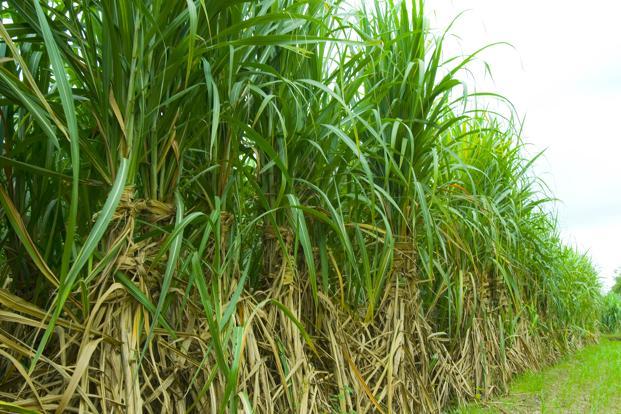
![Bebe Jaggery Sachets 600g, [150g x 4 packs]](http://bebefoods.com/cdn/shop/files/1.jpg?v=1717235899)
![Bebe Jaggery Sachets 600g, [150g x 4 packs]](http://bebefoods.com/cdn/shop/files/2.jpg?v=1717235899)
![Bebe khand Sachets 600g [150g x 4 packs]](http://bebefoods.com/cdn/shop/files/2_65987286-ab77-44db-9cae-69ac50e920a4.png?v=1750527284)
![Bebe khand Sachets 600g [150g x 4 packs]](http://bebefoods.com/cdn/shop/files/4_295f1632-1a69-4fcb-aa69-1172c2928b52.png?v=1750527252)

